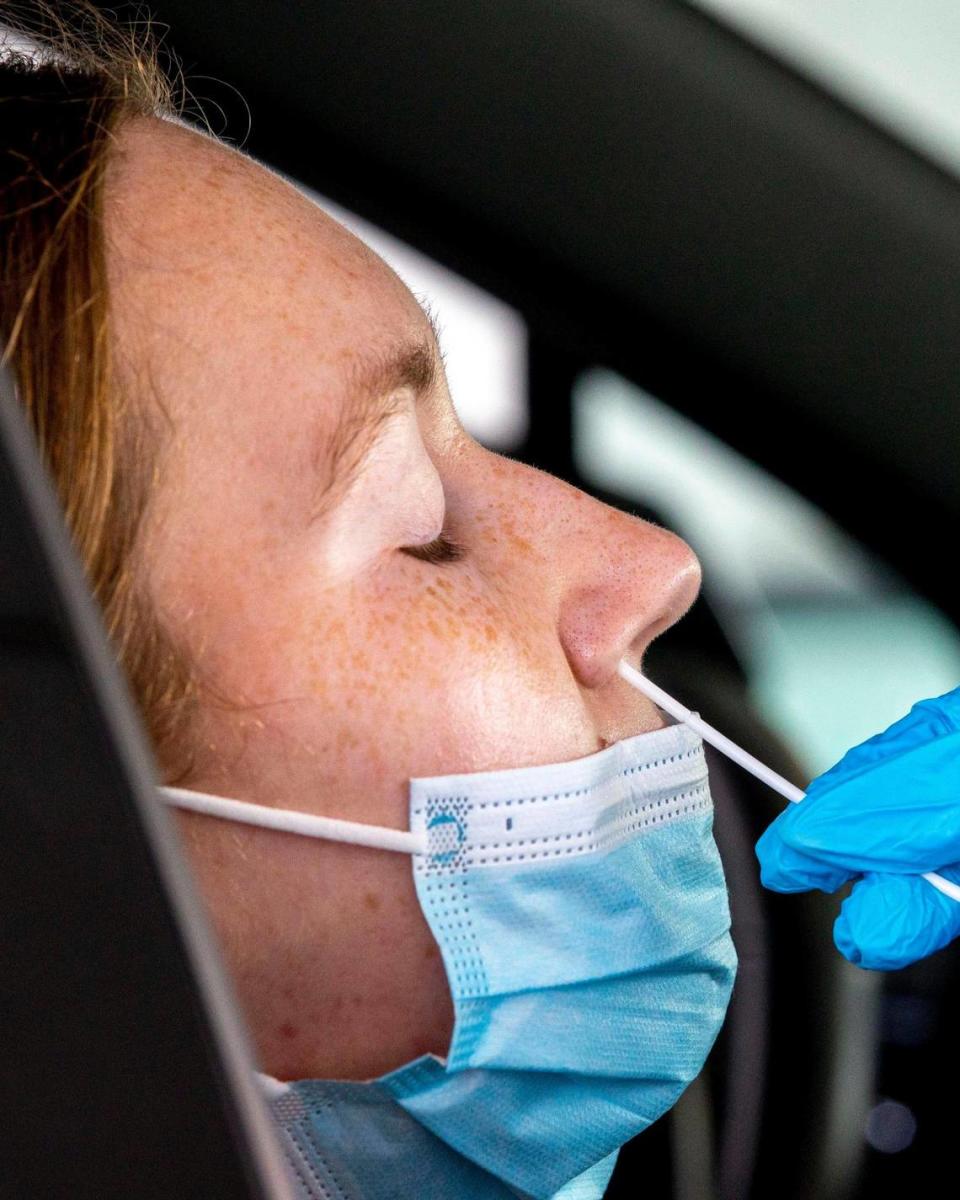Do you have COVID? Here’s how long the CDC recommends you stay home
COVID is going around again this summer, with infections rising across Florida and the country.
The good news is that the most common variants circulating in the country — KP.3, KP.2, and LB.1 — cause similar symptoms to previous COVID strains, such as cough, fever and fatigue. And many people can recover at home.
The bad news: These variants have a mutation that make them more contagious.
So, how long should you quarantine at home if you’re sick with COVID? And should you wear a mask again?
The U.S. Centers for Disease Control and Prevention’s recommendations have changed throughout the pandemic. Now, the federal public health agency’s guidance focuses more on symptoms.

Here’s what the CDC’s current guidance says:
What are the quarantine guidelines for COVID?
If you test positive for COVID and have symptoms: Stay home and away from others until symptoms get better overall and you no longer have fever (without the help of fever-reducing medication) for at least 24 hours.
“Depending on the length of symptoms, this period could be shorter, the same, or longer than the previous guidance for COVID-19,” the CDC states.
Once the “stay home period” is over, the CDC recommends taking additional precautions, such as wearing a mask and avoiding crowded areas for the next five days as you might still be contagious. Make sure to wash your hands frequently, too.
What if your COVID cough just isn’t going away?
Don’t worry. While some symptoms, such as fever, are common during periods when someone is infectious, other symptoms, like a lingering cough, might stick around for a while, even though you’re not infectious anymore, the CDC says.
If you test positive for COVID and don’t have symptoms: Take precautions for the next five days to reduce the risk of spreading the disease to others as you might still be contagious. Precautions can include wearing a mask, social distancing, washing your hands frequently and cleaning high-touch surfaces such as doorknobs.
READ MORE: More ER patients in Florida test positive for COVID. The surge is different this time
Why did the CDC COVID guidance change?
The CDC’s previous COVID guidance recommended isolating for at least five days and then taking extra precautions. In March, the CDC updated its guidance to make it more symptom-focus, similar to other respiratory illnesses.
The CDC said it did this for various reasons, including because the country’s COVID situation had improved with fewer COVID-related hospitalizations and deaths and also because “we have more tools than ever to combat flu, COVID, and RSV.”
“We considered multiple options for adjusting isolation guidance at different lengths of time. In addition to fewer people getting seriously ill from COVID-19 and having better tools to fight serious illness, CDC considered other factors such as the personal and societal costs of extended isolation,” the agency said. “We also considered the timing of when people are most likely to spread the virus (a few days before and after symptoms appear). The updated guidance is easy to understand, practical and evidence-based, as well as more aligned with long-standing recommendations for other respiratory illnesses.”
READ NEXT: COVID infections are on the rise in Florida. What to know as new variants circulate


